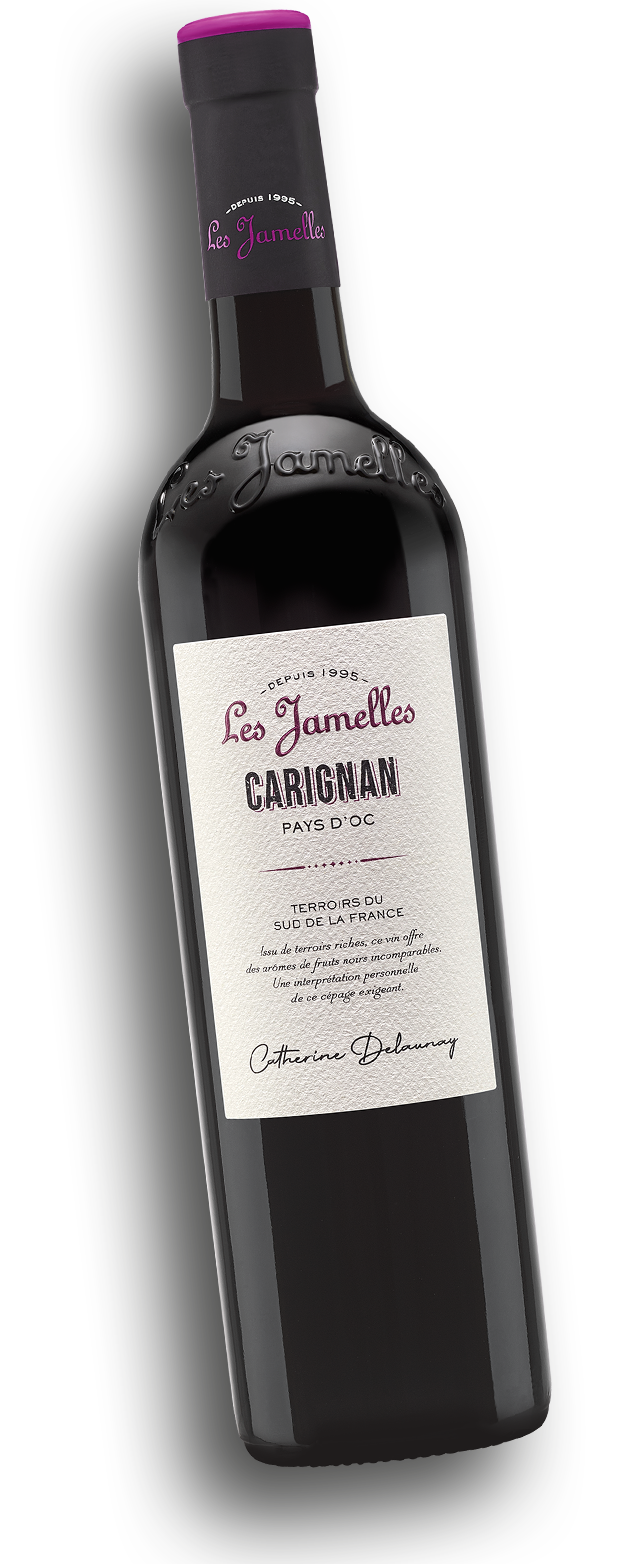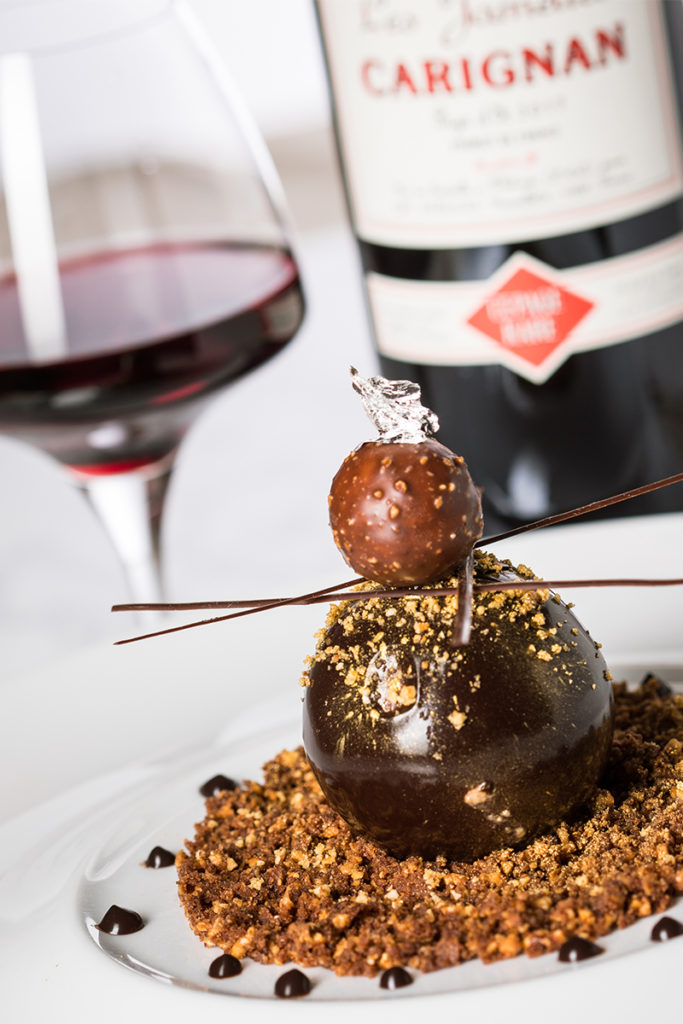
The Discoveries
Carignan
This red grape variety, that originated in Aragon, Spain, was introduced in France in the 12th century. Despite massive pulling out of vines in recent years, over 100,000 hectares of vines continue to be cultivated in France, primarily in three southern regions: Languedoc-Roussillon, Provence and, to a lesser degree, Corsica.
Carignan is a grape variety that growers and oenologists alike are passionate about, as its quality can range from mediocre to excellent, depending on yield, age of the vines and vinification. Its reputation has suffered from situations involving high yields that do nothing for expressing the characteristics of the grape. However, if the vines are planted in calcareous clay, granitic sand, or schistous soils on slopes with good exposure, Carignan grapes can yield rich, generous, wines with flavours of black fruit that require a little ageing in order for the tannins to mellow.
Rarely vinified on its own, Carignan is often blended with Grenache Noir, Cinsault, Mourvèdre or Syrah, however Les Jamelles offers you a cuvée that is exclusively crafted from this grape variety.
Grape variety
100% Carignan
Terroir(s)
See the interactive terroirs mapOur Carignan hails from small plots of vines that are over a hundred years old with low yields.
• on the Aude River plain, in the Minervois region, on alluvial terraces strewn with rounded stones, for added length and structure.
• in the foothills of Montagne (Mount) d’ Alaric, in the north of the Corbières mountain range, for roundness and complexity.
Vinification
A portion of the grapes is handpicked in small crates and transferred to a tank that has been previously filled with CO2 gas. Carbonic maceration lasting 10 to 15 days is carried out in order to develop young, typical aromas and flavours. This method encourages the expression of high-quality, rounded, fine tannins.
Tasting
With its gorgeous dark colour slightly tinged with purple, Les Jamelles Carignan features notes of prune, blackcurrant, wild strawberry and black cherry, along with spicy notes (white pepper). It starts off soft and flavourful on the palate, with notes reminiscent of the aromas perceived on the nose. Elegant tannins and full body result from grapes picked at optimal maturity with restricted yields.
Food & Wine
Served at 18°C, this Carignan showcases dishes prepared with lamb, game (wild boar stew), duck breast with cranberry sauce, and full-flavoured dishes (steak with pepper sauce, tournedos with porcini mushrooms). Catherine Delaunay suggests a red kuri squash and chestnut soup, rabbit with blackcurrant mustard, and cassoulet. Or for sheer decadence, try our choco-hazelnut dessert!






































